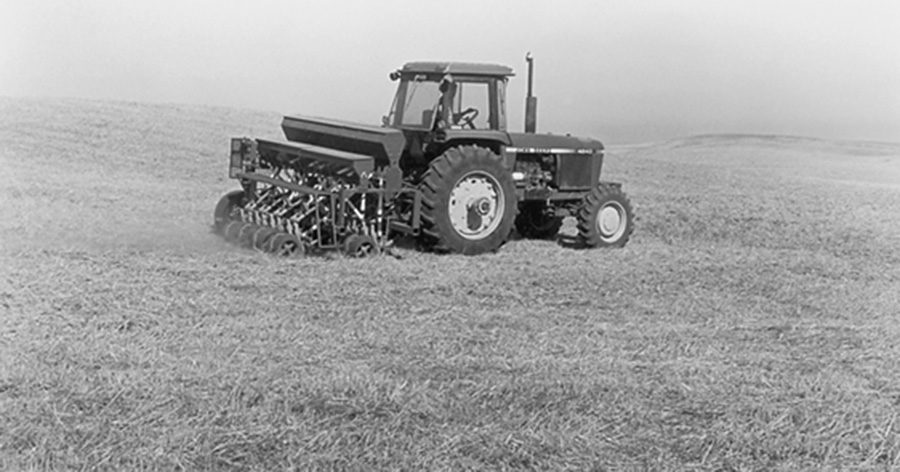No-Till Farmer
Get full access NOW to the most comprehensive, powerful and easy-to-use online resource for no-tillage practices. Just one good idea will pay for your subscription hundreds of times over.

While no-tilling with cover crops requires more management than straight no-till, the extra effort may be worth it, especially in dry years, maintains Mike Plumer.
The University of Illinois agronomist who is stationed at Carbondale, Ill., has observed significant improvements in root development on a no-till farm that has used cover crops for 6 years. And last year’s drought in southern Illinois revealed significant yield differences between corn grown in a straight no-till corn system and corn that is part of a no-till system using cover crops.
Many no-tillers have discovered distinct advantages to planting cover crops before no-tilling corn or soybeans. Using cover crops can increase organic matter content and biological activity in the soil much quicker than regular no-till systems. Cover crops also increase soil tilth and provide a mulch effect for more effective water conservation in a dry year.
Plumer says a no-till system generally provides 10 days more moisture than a conventional tillage system. “You can extend that period a little longer with a cover crop,” he says. Besides buying additional time waiting for rain, cover crops provide an allelopathy effect that helps control weeds and helps reduce no-till herbicide costs. Cover crops also help cycle nutrients more efficiently and dry the soil out more effectively when it is time to no-till.
Serving as both an extension educator and a no-till farmer, Plumer has worked with cover crops for 20 years. He has experimented with rye, crimson clover, red clover, hairy vetch, wheat…